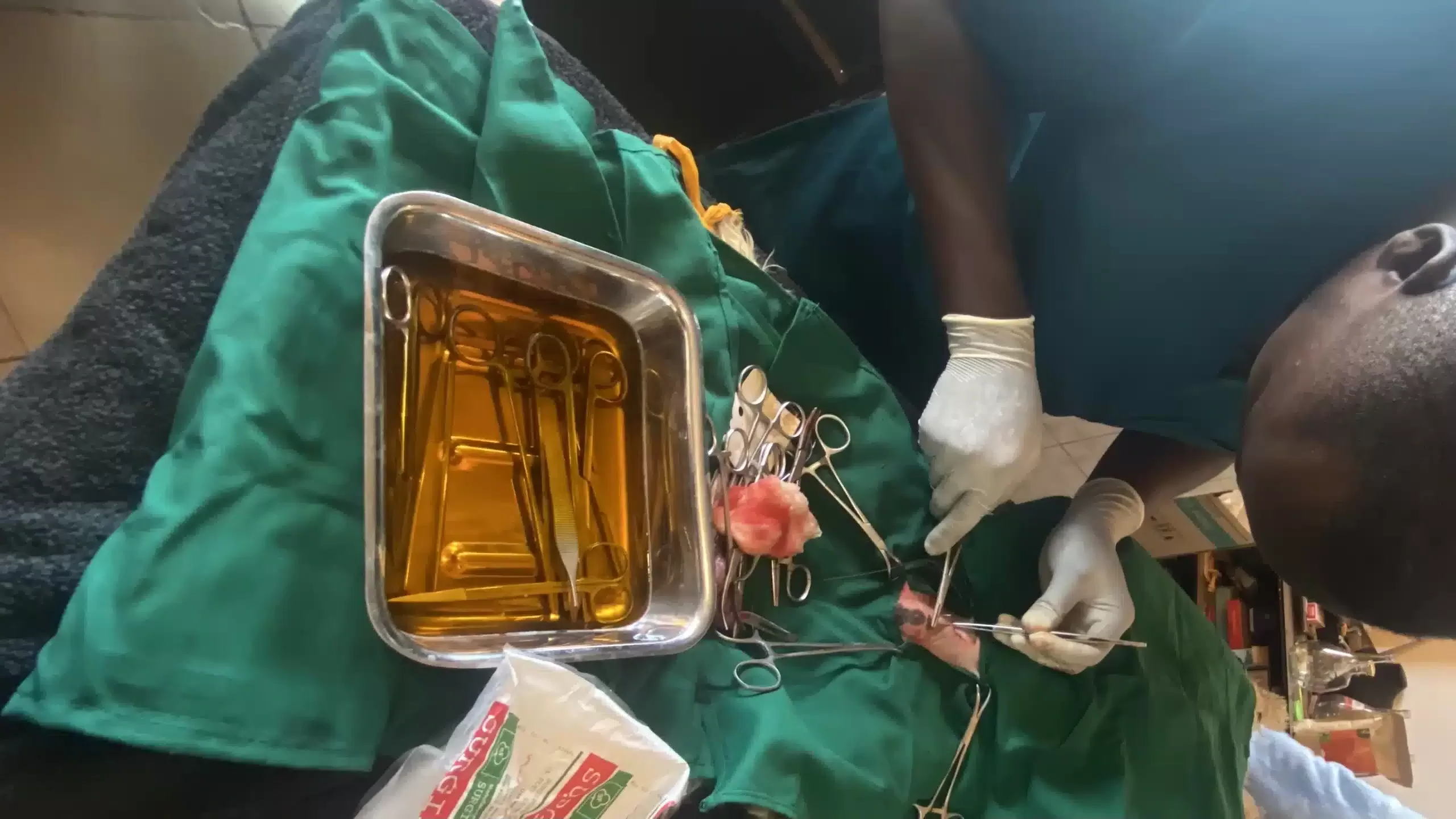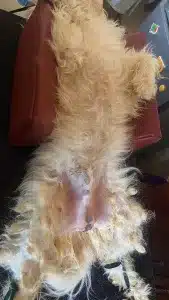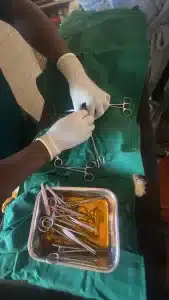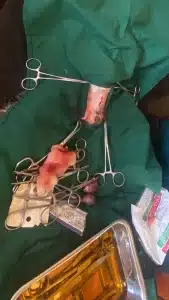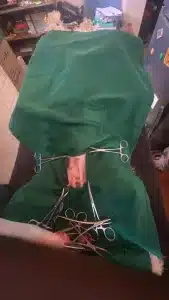All you need to know about castration in dogs
Castration also known as orchiectomy is a common surgical procedure performed on dogs to remove their testis or render them non-functional. This procedure has been widely debated due to its potential effects on the health and behaviour of dogs. In this article we will explore the various aspects of castration in dogs, explore the myths surrounding castration discuss the appropriate age for the procedure explain the castration procedure itself highlight potential complications and emphasise the importance of post-operative care this paper seeks to educate and inform readers about this commonly performed veterinary procedure.
Myths on Castration:
There are several enduring myths surrounding castration in dogs that deserve clarification. One common myth suggests that castration will change a dog’s personality making them less active or aggressive. However numerous studies have shown that castration does not alter a dog’s basic temperament or energy level significantly. Another myth is that castration leads to weight gain. While there may be a slight decrease in metabolic rate following castration proper nutrition and exercise can easily prevent weight gain. It is essential to dispel these myths to ensure that dog owners make informed decisions regarding their pet’s health.
Benefits of Castration in Dogs
- Population Control
Castration plays a crucial role in controlling the dog population. Uncontrolled breeding can lead to an overpopulation of dogs which results in increased stray populations and overcrowded animal shelters. By neutering male dogs, the risk of unwanted litters is eliminated reducing the number of stray and abandoned dogs.
- Preventing Health Issues
Castration in dogs can help prevent various health issues. Male dogs are prone to testicular cancer and prostatic diseases such as prostatic hyperplasia and prostatitis. By removing the testicles, the risk of these diseases is significantly reduced leading to longer and healthier lives for the dogs.
- Behavior Modification
Castration can also have positive effects on the behaviour of dogs. Male dogs that are not castrated often exhibit aggressive and territorial behaviour. Castration can help reduce aggression roaming and urine marking making them more manageable and less prone to engaging in fights or getting lost.
- Decreased Risk of Roaming
Intact male dogs have a strong instinct to roam in search of potential mates. This behaviour puts them at risk of getting lost injured or involved in accidents. Castration decreases the urge to roam making them more likely to stay within their designated area and reducing the chances of unwanted incidents.
Age of Castration:
Determining the appropriate age for castration is a topic of debate among veterinarians. Traditionally castration is performed around 6 to 9 months of age before sexual maturity. It is crucial for veterinarians and pet owners to consider the individual dog’s health breed and lifestyle when deciding on the optimal age for castration.
Procedure:
The castration procedure involves the surgical removal of the testicles under general anesthesia. The surgeon makes small incisions in the pre-scrotum region, carefully removes the testicles and sutures the incisions. The procedure typically takes around 30 minutes and dogs are usually discharged the same day. Proper surgical techniques, anesthesia management and pain control are crucial to ensure a successful procedure and minimize complications.
- A dog positioned for a castration procedure
- Testis extraction during a castration procedure
- Surgical filed showing the incision line and extracted testis
- Incision line during a castration procedure
- After a castration procedure
Surgical Risks
Like any surgical procedure castration carries certain risks including anaesthesia complications bleeding infection and surgical site complications. However, with proper pre-operative evaluation and post-operative care, these risks can be minimized.
Although it is generally considered a safe procedure as with any surgery there are potential complications to be aware of. Surgical site infections can occur if proper aseptic techniques are not followed diligently. Additionally, excessive bleeding scrotal hematoma or seroma formation are possible complications. Rare but severe complications may include anaesthetic complications adverse reactions to medications or wound dehiscence. However, working closely with a veterinarian will minimize or eliminate these risks.
Post-Operative Care:
Proper post-operative care is crucial for the dog’s recovery and well-being. Pain management is essential and should include appropriate analgesics to ensure the dog’s comfort. Additionally wound care is vital to prevent infection. Owners should be instructed on how to keep the incision clean and dry and to monitor for any signs of inflammation or discharge. Restricting physical activity such as running or jumping is recommended during the healing process to avoid complications. Regular follow-up appointments with the veterinarian are necessary to monitor the dog’s progress and address any concerns.
Challenges and Controversies
- Impact on Long-Term Health
Although it can prevent certain health issues it may also increase the risk of other conditions. Some studies have reported a higher incidence of certain cancers orthopedic diseases and urinary incontinence in castrated dogs. It is essential for veterinarians to evaluate the individual dog’s breed age and overall health before recommending castration.
- Behavioural Considerations
While castration can reduce certain behavioural issues it may not completely eliminate them. Some dogs may still exhibit territorial behaviour and aggression even after the procedure. Behaviour modification techniques and training may be necessary to address these issues effectively.
In conclusion
Castration in dogs plays a crucial role in population control preventing health issues and modifying behaviour. It offers numerous benefits to both dogs and their owners. However, it is essential to consider the potential risks and individual factors before making a decision. Veterinarians and pet owners should collaborate closely to determine the best course of action for each dog taking into account the dog’s breed age health and behavioural considerations.

